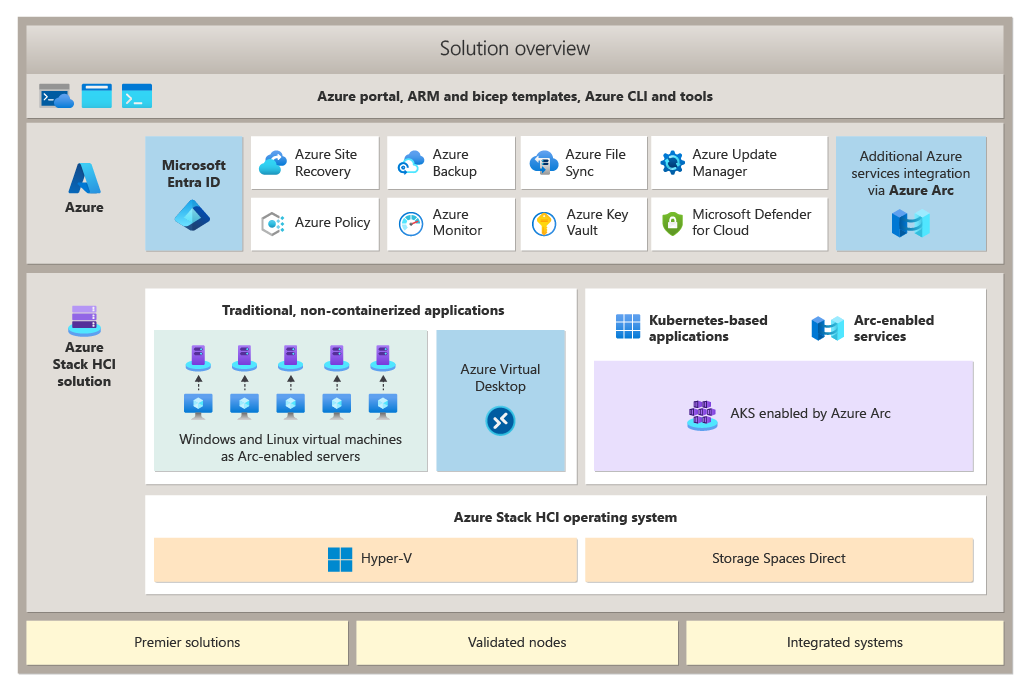In a recent Azure blog post, Microsoft announced the general availability of Azure Stack HCI, the new subscription service for hyper-converged infrastructure (HCI) from Microsoft Azure. With the GA of Azure Stack HCI, Microsoft brings together the familiarity and flexibility of on-premises virtualization with powerful new hybrid capabilities.
The company first introduced Azure Stack HCI as a preview product last year, and later in July of this year, it announced that Azure Stack HCI had its new operating system, called "version 20H2". This new OS is not based on the traditional Windows Server release, yet designed to run in HCI and specific to Azure environments.
Customers can download the Azure Stack HCI, put it on some validated hardware, which could be existing, or it could be new hardware from a wide variety of Microsoft's OEM partners such as Dell Technologies – who announced an update to its Dell EMC for Microsoft Azure Stack portfolio with the launch of a new offering, the Dell EMC Integrated System for Microsoft Azure Stack HCI. Their new offering is an all-in-one, validated HCI system with an intelligently integrated foundation from Dell Technologies. Other partners are DataON and Lenovo, each offering Azure Stack HCI solutions.

Source: https://docs.microsoft.com/en-us/azure-stack/hci/overview
Azure Stack HCI together with Stack hub and Edge are part of the Azure Stack offering. With Azure Stack HCI, the company aims to provide customers with an infrastructure for workloads such as virtual desktop infrastructure (VDI), IT for remote offices and branch offices (ROBO), and drive data center modernization.
Customers can use Azure Stack HCI to deploy and run Windows and Linux virtual machines (VMs) in their datacenter or at the edge using their existing tools, processes, and skillsets. Moreover, they can extend their datacenter to the cloud with Azure Backup, Azure Monitor, and Azure Security Center.
Cosmos Darwin, a senior PM lead at Microsoft, wrote in a recent Azure Stack blog post:
General availability means that Azure Stack HCI is ready for production use. Based on your feedback during the Public Preview and our own internal measurement, version 20H2 is the most robust release of our software-defined infrastructure stack that has ever shipped. The Azure Stack HCI operating system is available worldwide in 18 languages.
Also, Matt McSpirit, senior program manager, Customer Programs & Partner Ecosystem at Microsoft, said in an Azure Unblogged video:
That's one of the amazing things about Azure Stack HCI - it is just the sheer flexibility you've got to deploy this software. HCI is hyper-converged infrastructure, meaning all of your compute, all of your storage, and software-defined networking sits within the x86 server infrastructure.
Currently, The Azure Stack HCI cloud service is available in three Azure regions, East US, West Europe, and Southeast Asia, with more regions coming soon. Furthermore, details on Azure Stack HCI are available on the documentation landing page, learning content through the foundation module, and pricing details on the pricing page.